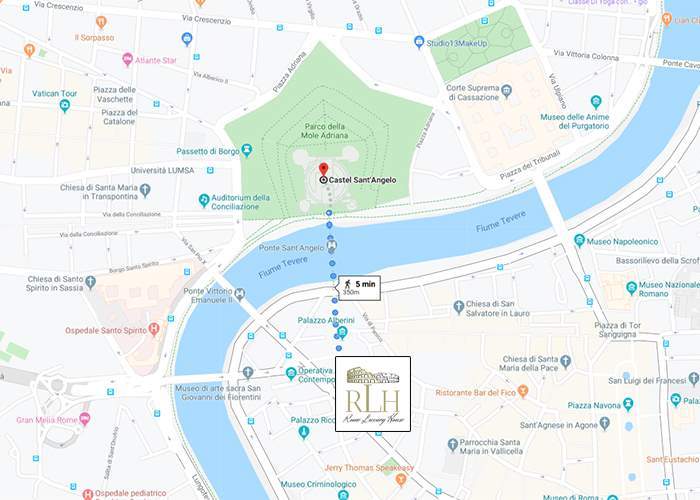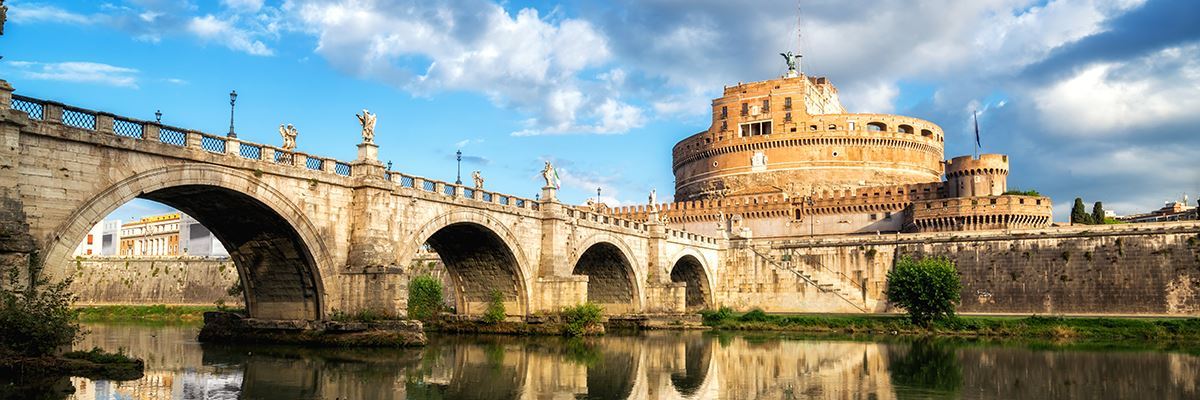Saint Angel Castel
- by admin admin
- 2 dic 2019
- 4221 Views
Built around 123 AD as a sepulcher for the emperor Adriano and his family, Castel Sant'Angelo has been included in the Aurelian walls at the behest of the western emperor Honorius. He will know no oblivion or destruction but through an uninterrupted series of transformations he will link his destiny to the history of Rome.
From a funerary monument to a fortified outpost: in the role of castellum, an advanced bulwark beyond the Tiber to protect the city, it will be disputed by numerous Roman families.
Pope Nicholas III had the Passetto di Borgo built, which connects the Vatican to the Castle, in a physical and ideal continuity. The pontiffs since the end of the '400 adapt it to residence in which to take refuge in times of danger.
Thanks to its solid and fortified structure and its reputation for impregnability, the Castle houses the Vatican Archive and the Treasury, but it is also adapted to a court and a terrible prison.
But at the same time it remains a Renaissance dwelling where even Michelangelo worked. Finally from a Risorgimento prison to a museum today.
With the various changes in function, the appearance and layout of the Castle are transformed through a very long series of interventions that unfold over four centuries and manifest themselves.
The very long and varied history of the building, with its thousands of metamorphoses, seems to have settled into the complicated maze of vaults, rooms, loggias, staircases and courtyards that make up the current structure of the Castle.





